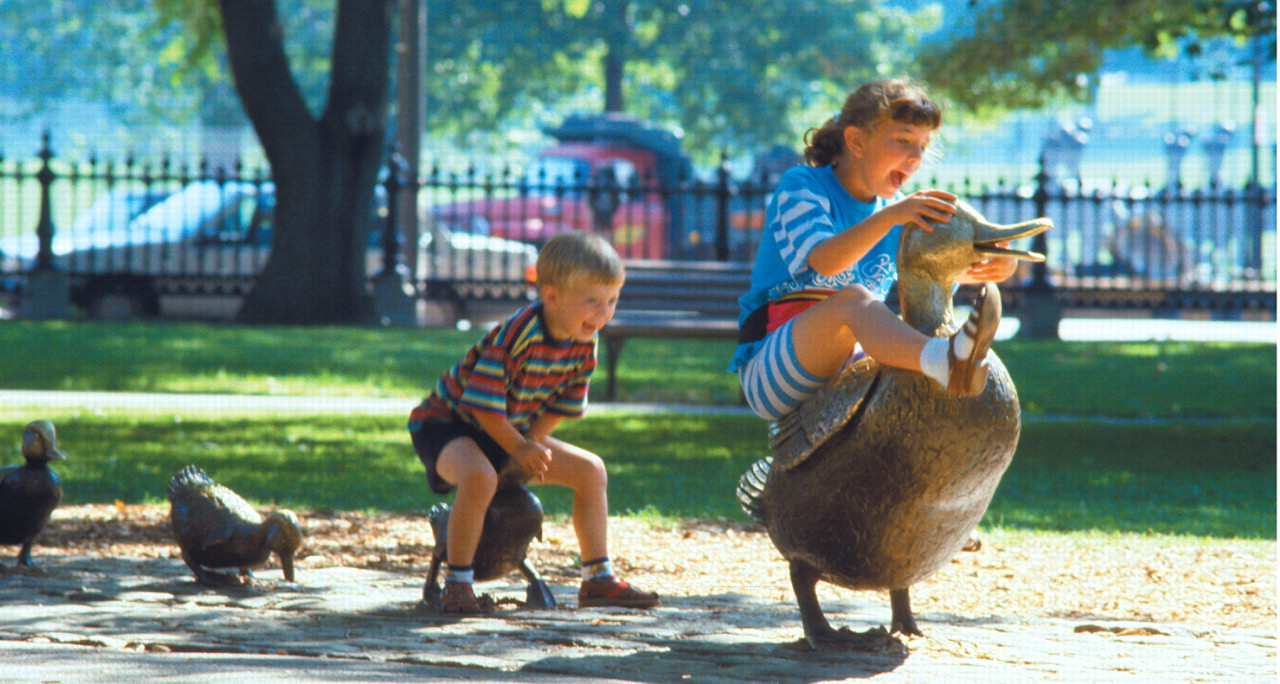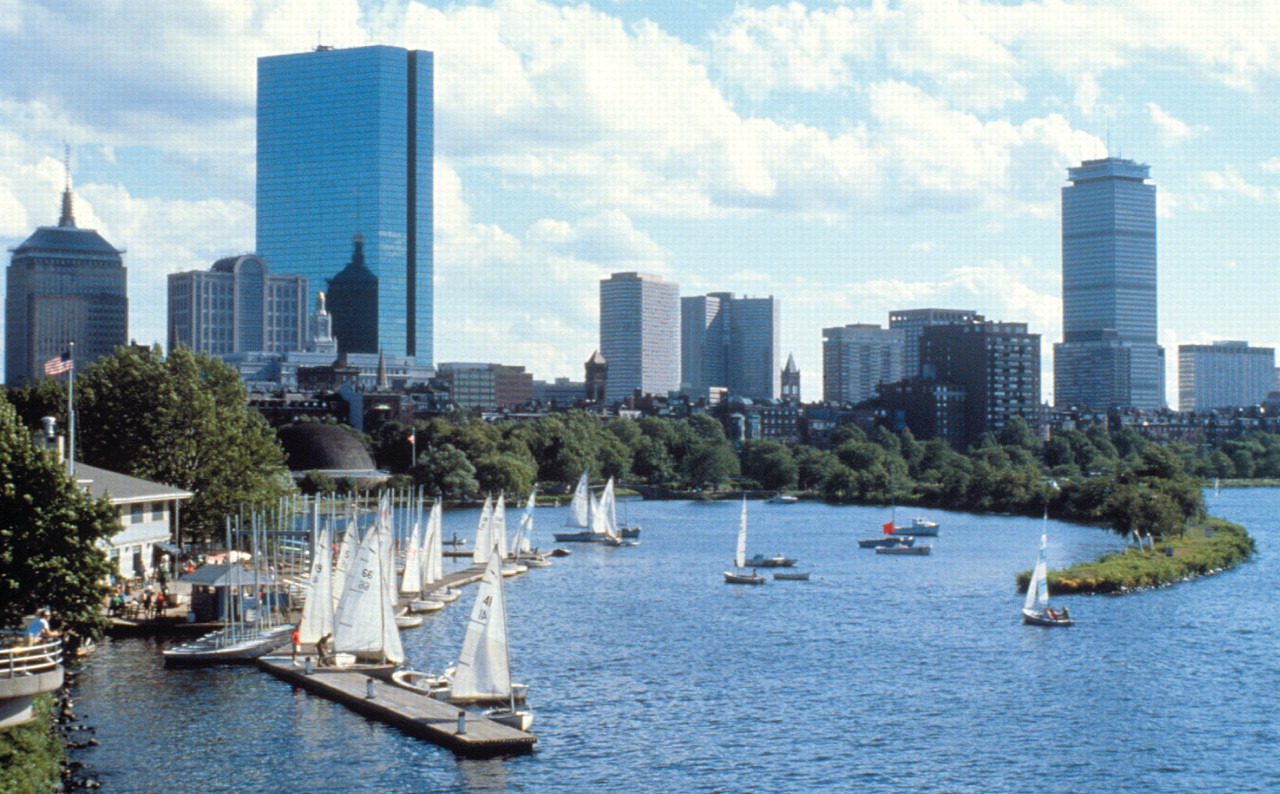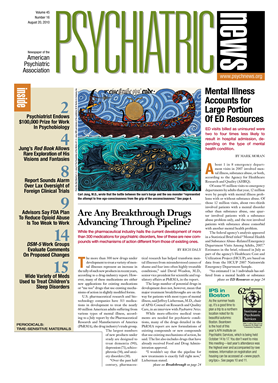Boston is a city filled with more than the reminders of American colonial and revolutionary history.
For one thing, it is a great walking city, and there's no better place to start than at the Public Garden, the large green space at the foot of historic Beacon Hill in the city's center.
The Swan Boats, the usual featured attraction, will be stowed after the summer when the APA Institute on Psychiatric Services is held in October. However, the bronze replicas of the Mallard family will still be there, an even more endearing sight for readers who remember Robert McCloskey's immortal children's classic, Make Way for Ducklings.
The sculpture is located in the Public Garden near the gate at the corner of Beacon Street and Charles Street.
Another kind of duck, former amphibious military landing craft, have been converted into odd-looking vehicles for “Duck Tours” that cruise the sites of downtown Boston before splashing into the Charles River for a rather different view of the city. And, yes, the guy giving the spiel is called the conDUCKtor.
Walking uphill leads to the adjacent Boston Common, the park topped by the golden dome of the Massachusetts State House. Once a cow pasture, the Common saw sheep grazing in what is now the heart of the city as late as 1830. At the start of the American Revolution, the Common served as a staging ground for British troops who then rowed up the Charles River to descend on Concord, prompting the locals to hang two lanterns in the Old North Church, telling Paul Revere it was time to saddle up.
The Boston area's subway system, simply known to locals as the T, is the best way to move about town. One quick trip is over the Charles River to Cambridge, land of M.I.T., Harvard, and the Good News Garage (the home of the NPR Car Guys).
In Cambridge, the Harvard Art Museums/Busch-Reisinger Museum contains one of the leading collections of modern art from Germany, Austria, Switzerland, and related cultures. Highlights include works by Gustav Klimt, Egon Schiele, Josef Hoffmann, Ernst Ludwig Kirchner, Emil Nolde, Vassily Kandinsky, El Lissitzky, and László Moholy-Nagy, and material related to the Bauhaus movement.
Nearby, the Museum of Natural History features an awe-inducing exhibition of glass flowers, with remarkably accurate anatomical sections and enlarged flower parts.
These meticulous models of 847 specimens were created as study aids for botany classes by father and son Leopold and Rudolph Blaschka between 1887 and 1936 in Germany.
More familiar works of art can be found at Boston's Museum of Fine Arts (on the T's Green Line or Orange Line), which in October will feature the exhibit “Millet and Rural France,” along with works by contemporary American photographers.
The Isabella Stewart Gardner Museum (on the Green Line) holds a collection of works ranging from ancient Rome to 19th-century Europe and America, including portraits of Mrs. Gardner painted by John Singer Sargent and James McNeill Whistler.
Sports fans may want to walk by Fenway Park to genuflect at the Shrine of Our Lady of the Red Sox, but don't expect to get a ticket if the “Sawx” are in the playoffs. The place has been sold out for years.
If you like basketball, having your picture taken next to the statue of the late Celtics coach Red Auerbach near the Boston Garden (an indoor sports arena, not a park) is free.
For a taste of old Boston, visitors can perambulate through the Haymarket, the open-air fruit, vegetable, and lots of other edibles market that opens at dawn on Fridays and Saturdays. The market has been in the same place for nearly two centuries, alongside Faneuil Hall. Vendors are colorful and frequently outspoken—don't squeeze the fruit, please—but prices are low.
Wander the narrow streets of the nearby North End, home of Boston's Little Italy, and you'll find tiny restaurants and bars and possibly a street festival. The Daily Catch, for seafood, and Mike's Pastry for, well, pastry, come highly recommended by locals.
And for a truly Boston experience, the Locke-Ober restaurant beckons. Once the stuffy, favored eating place of Boston's financial and political elite (not always the same people), Locke-Ober's roots go back to 1870. New owners and a recent remake have updated the menu, but it's still an institution in a city that respects institutions.



